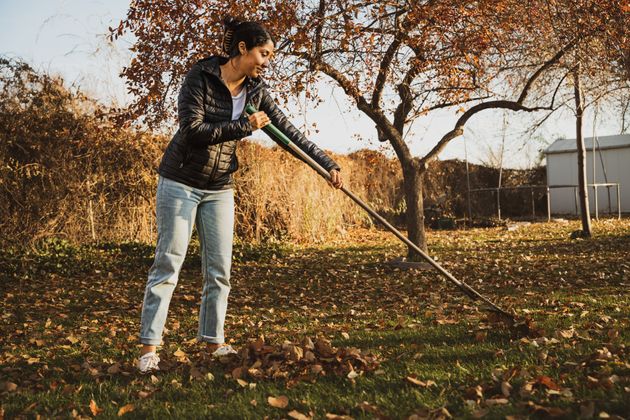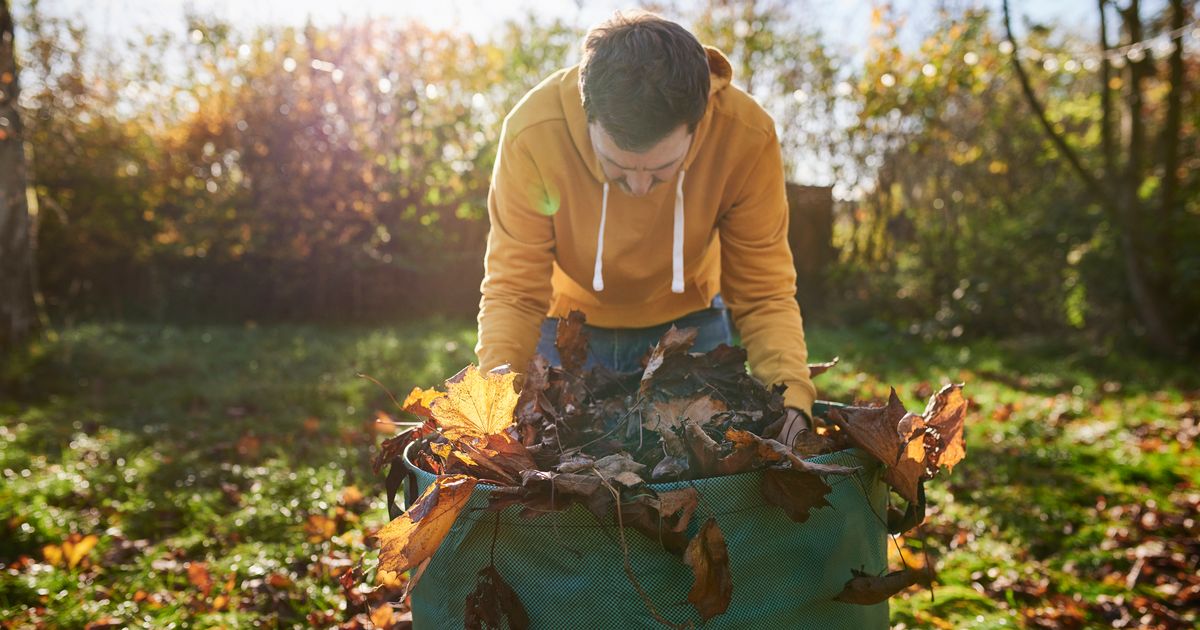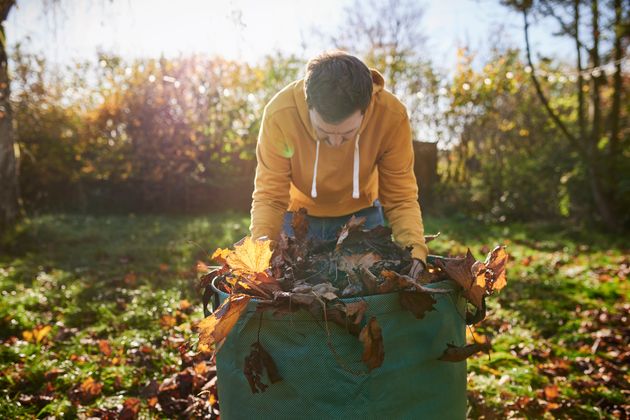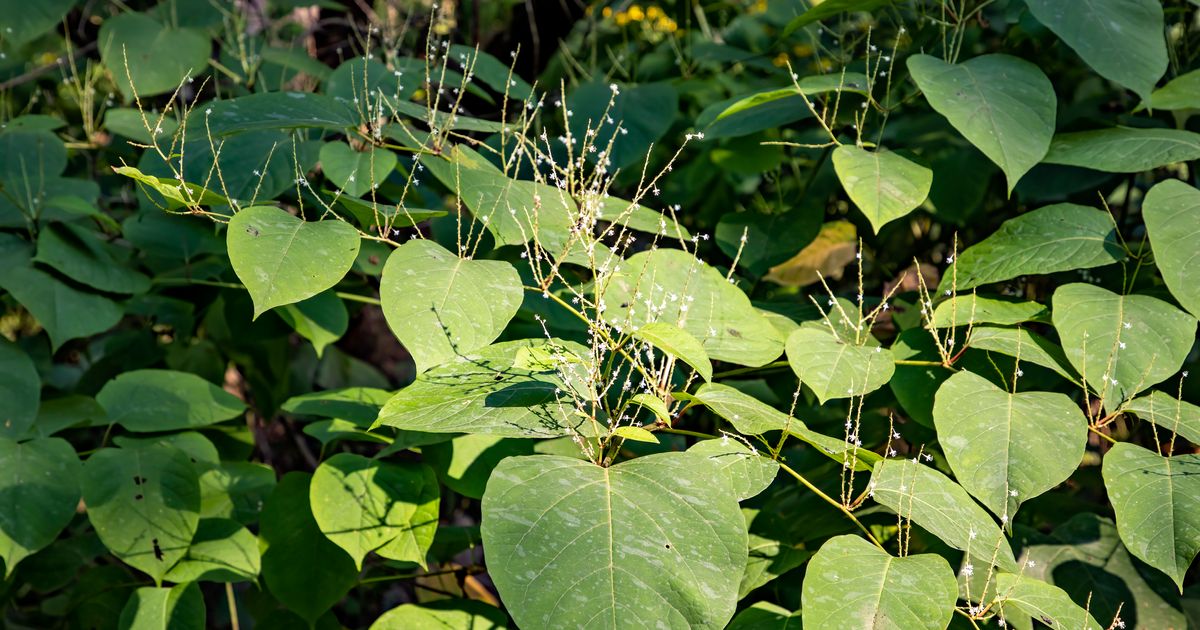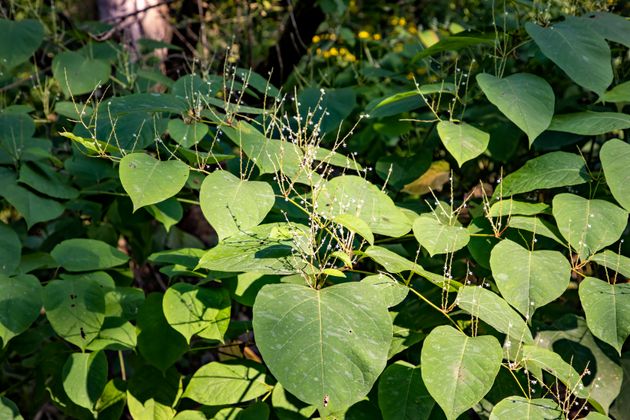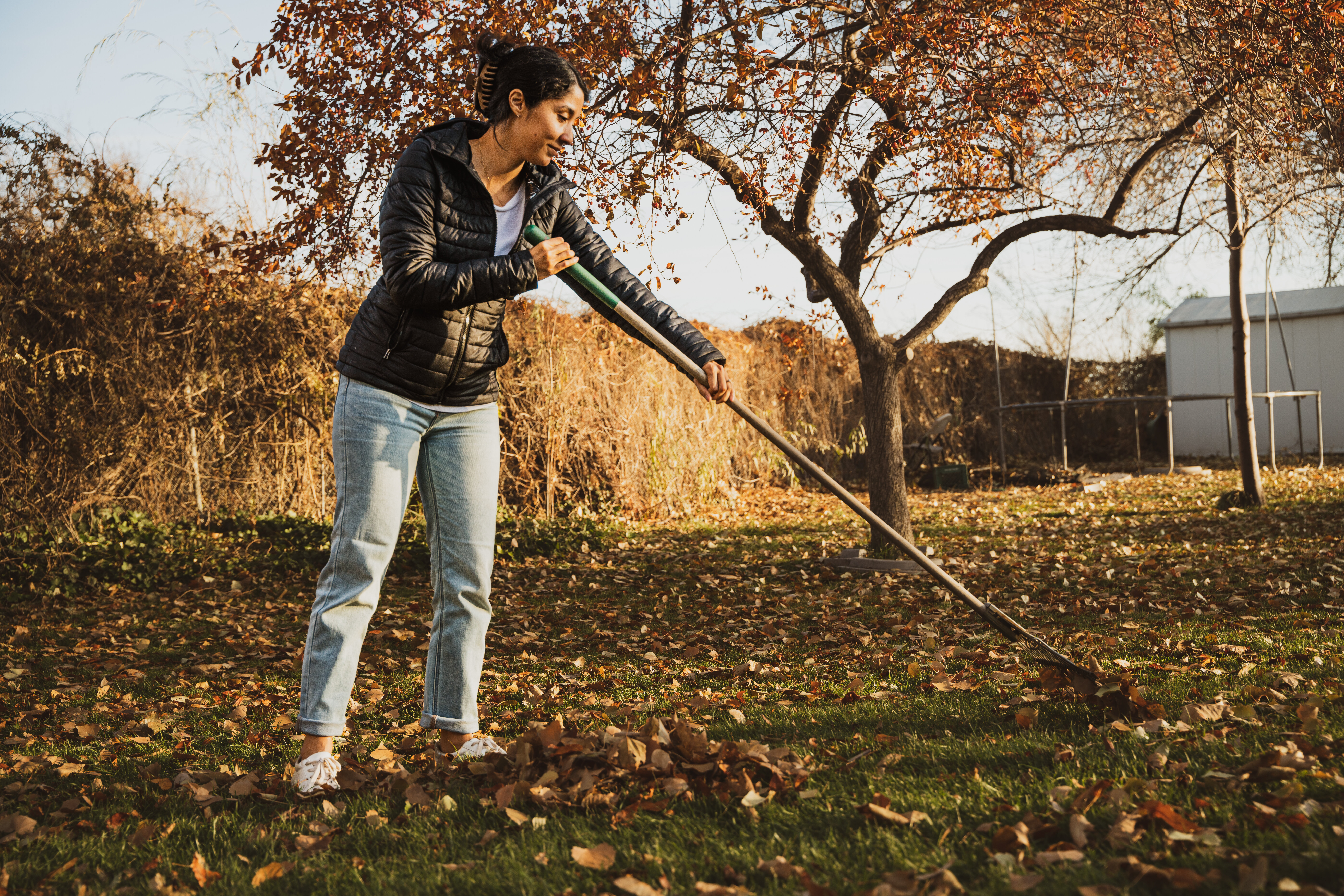
October is an interesting month for gardeners. The bounties of autumn are starting to fade away into the barer beauty of winter; bats, birds, and bugs are starting to struggle to find food.
It’s a good time to prepare your garden for a period of low, or no, growth, fallen leaves, and hard, cold soil. So, we thought we’d share the jobs you should get going on ASAP this month (before cold weather hits):
Advertisement
1) Plant some veg
Lucy Rhead, gardening enthusiast at Gtech, shared that it’s a great time to plant onions and shallots, which require little space; spinach (regular harvesting will keep your spinach cropping into spring); lettuce, which you can pretty much grow throughout the whole year, and asparagus, as planting your crowns in warm autumn soil can give them a head start blossoming over winter.
2) Get growing with some flowers, too
It’s a good idea to get some spring bulbs, like crocuses, fritillaries, and daffodils, in the ground now before the soil becomes too hard to dig.
3) Move delicate plants to a greenhouse or conservatory
The Royal Horticultural Society (RHS) advises moving tender, young, or cold-sensitive plants to a sheltered area in anticipation of harsher climes. This is called overwintering; prime candidates include perennials, palms, tree ferns, and more.
4) Get trimming
Though you should leave some plants like ivy untrimmed, others (like roses) require a good pruning. Herbaceous perennials can benefit from a little haircut around this time of year; check to see which of your plants is due a trim.
Advertisement
5) Divide your perennials
It’s one of your last chances to divide perennials to keep them healthy and ready to flourish again next year. The RHS recommends lifting the plants out gently with a garden fork, making sure you don’t damage the roots.
Once removed from the soil, shake the dirt off to reveal the roots and replant your perennials either in the same spot or a different one in your garden or in a pot. Water them well. You should also divide rhubarb crowns at this time of year.
6) Get cracking on some leaf compost
Whether you intend to rake a pile of leaves into a quiet part of your garden or plan to bag and compost ’em, it’s the perfect time to start thinking about how you can use the fallen leaves for gardening good. Just make sure not to include any infected leaves in mulches or composts.
7) Collect seeds for next year
Grab the last of the seeds from your plants, bag them, and label them in preparation for planting in spring. Some seeds, like those from astrantia, achillea, and red valerian, can be sown straight away.
8) Remove your plant pot saucers now and replace them with raisers
It’s important to keep your flowers hydrated in the dry, hot summer ― but now that the weather’s set to take a rainier turn, you’re at risk of waterlogging your plants if you don’t air them out.
Advertisement
The work of a gardener is never done, is it?

